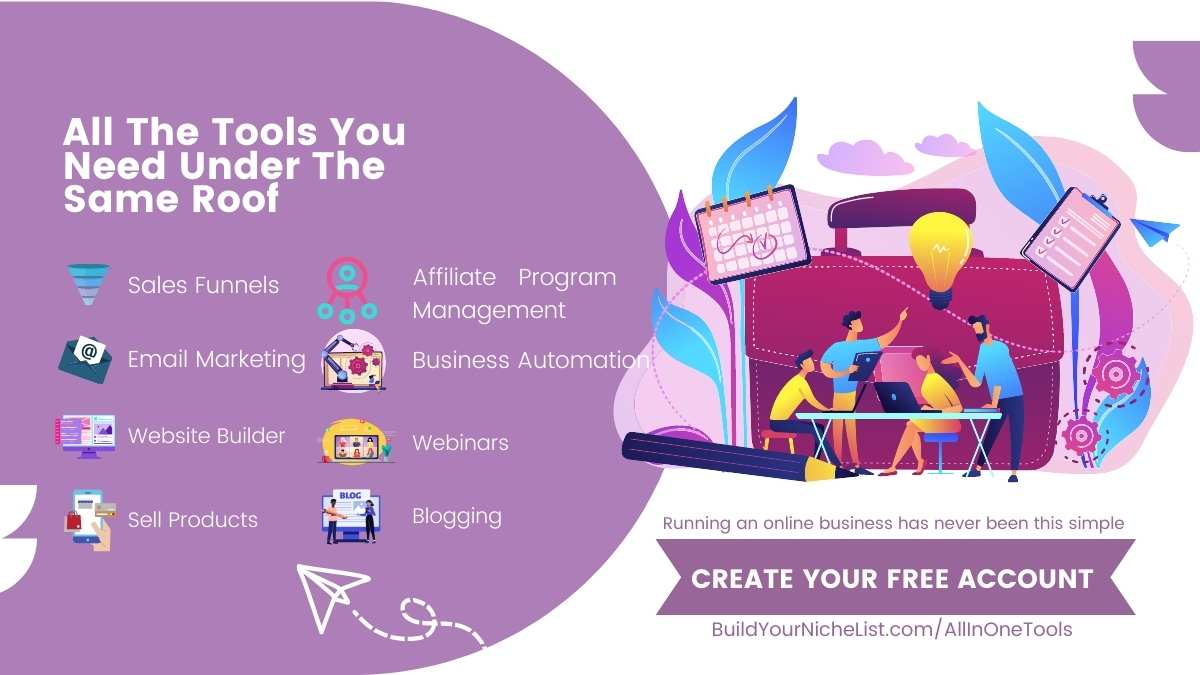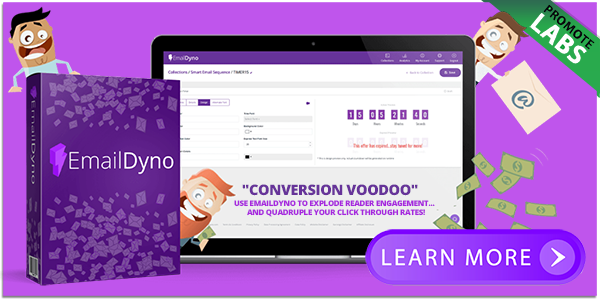According to a recent study, which examined a huge swath of literature on Small and…
Content Marketing Tricks of the Trade: Blogging for Your Business
[ad_1]

Content marketing may be the new flyer, banner and poster route, but it’s actually ancient. The posters and milk carton ads from auld lang syne had to tease with wit and humor to be memorable, didn’t they? That’s what it is. Persuasion through charming the customer.
You can promote your blog, and then let your blog content promote you and your service or products. Customers have evolved in the information age: they want information, not sales talk. They want help in making a decision. They want to DIY rather than buy. They want to be smart.
Providing content they want and need gives you traffic and establishes your brand more effectively than a barrage of ads. That’s content marketing. Courting your audience through content they Like and Share.
But how could you profit from content marketing? What are the key performance indicators you should measure and strategize for?
According to Search Engine Watch and Search Engine Journal, that’s the number one mistake most bloggers make in content marketing. They go in knowing it will be profitable, but without a strategy toward any of the indicators that make it profitable.

Invest in content marketing: time, money or both
Effective headlines and great content, on-site and off-site (guest posts); conversion-driven lead magnets; landing pages that stick (great blog design, custom images)– that’s what you want.
If your content marketing is just there, not doing much, ask yourself if it’s just an extra you half-heartedly include in your business plans every year.
You need to dedicate time and/or money to it. Your team/s need to know the importance of it. Do some or most of it (if you’re a good writer, write!), or outsource everything from writing, research and graphic design.
- No stock images. They make you look like an amateur rather than a legitimate business.
- No poorly-written, spun content. For obvious reasons.
- No free templates with no customization at all. Where’s the branding in that?
- No “publish it and leave it.” Do you spend time to schmooze, distribute and promote?
What have you invested for your content marketing?
Signs you’re on the right track with your content marketing:
Your readers/viewers:
- Subscribe to your content.
- Engage with you. They comment. They react.
- Share it with others.
Subscribing means they’ve found you! You did good on your Adwords campaign, your social media schmoozing, or your guest posting. People found you AND your content is original and valuable. You have hooked them with a promise, you delivered, and they want more of it.
Engagement means you applied effective CTA that got a conversation started, or that you covered a topic close to people’s hearts– a hot topic that could give birth to follow-up upon follow-up pieces. That’s golden!
Sharing means you did well enough and smart enough that your readers are proud to share what you made. Your site looks good and authoritative, not embarrassing. Your article/infographic is funny, witty, succinct with information– or all three. People want to look good to others. Make them look good if they share your content!

 Think about your customers: What are their needs and desires?
Think about your customers: What are their needs and desires?
Content Marketing Institute calls them “pain points.” It’s a good baseline of what would resonate with your customers. I expand on those points for more inspiration. Sometimes what becomes your most read and most shared piece is something innocently tiny rather than a big deal to your customers.
That’s why you have to know your audience well, know their trigger points on both ends of the spectrum of emotion, and the ones in between.
- What do they need? What are the issues they face?
- What do they want in the short-term and long-term?
- What are the obstacles to their needs and wants?
- What do they like? What makes them smile, laugh, relax and let go?
- What do they dislike? Things that rile them up.
 Tricks of the Trade
Tricks of the Trade
- Borrow ideas. Don’t get a migraine thinking them up at first. Sooner rather than later, you’ll get into your stride and inspiration would flow smoothly. But in the beginning (and when you’re blocked), simply look at what your competitors have written and create something better, a.k.a., Brian Dean’s famous sckyscraper technique.
- Write irresistible headlines–and while you’re learning, fake it effectively with the right formulas!
- Measure and track. KPI #1: Views. Do your headlines work? Do you pick the right topics? KPI #2: Viewing time and shares. Does your content delight your market? They click it, arrive, read, share? Do they end up exploring your blog and reading some more? You don’t want a high bounce rate (people arrive and leave).
- Keep track of site metrics (views, time of visit, bounce rates, return and unique visitors, organic traffic), social metrics (Likes, comments, shares, positive/negative mentions) and sales metrics (number of conversions, overall and specific to a landing page/content) to know what’s working, what’s not, and how much it’s all costing you per conversion.
- Understand the conversion funnel. Strategize your content marketing for it. Every business has a conversion flowchart or funnel. If you don’t have one yet, create one. It has the following basic flow:
- Engagement (social media posts, blog posts)
- Decision-making (guides, reviews)
- Conversion/sale (subscription, opt-ins from lead magnets)
Content marketing works with every step in that funnel, and every team/department in your business should partner with content marketing to move a large percentage of engaged customers along to conversion. Hook your customers, give them informative content as they decide, and yet more content (and the matching, navigable page) to push them toward conversion.
- Diversify. Some people like reading. Some prefer video. Some hate video and would prefer a slideshow so they can read fast and click on the next point. Some of your content would be better delivered as a cute and shareable infographic. And everything should have pinnable images for Pinterest, or square images for Instagram, or gifs for Tumblr. Diversify, both in content type and for social media.
- Distribute and promote. If you wrote something great, get it out there. Don’t just fiddle your thumbs and wait for the readers to come. Your options are:
- Guest posts. Approach other bloggers in your niche. Don’t be intimidated by the big fish– instead, aim to impress them with great content they’ll WANT to feature.
- Social media promotions. Suggested Posts, Suggested Stories– all highly targeted promotions on social media. They get you your audience, and if your content and social media prowess (you engage and get yourself seen where your audience hangs out) is as good as the money you spent on the promotion, you’ll get your audience.
Content marketing is your customer service as well as your PR. Think of it in those terms, and suddenly, you don’t want your content to be shabby, right? You’d no longer skimp on design or text. You’d aim for the highest quality.
It’s also your advertising, of course, and yet it does what advertising fails to do.
Advertising is cold, somehow. It doesn’t have to be. You don’t have to sell to people so bluntly. Get them to know, like and trust your brand through your content instead.
Are you strategizing anew for your content marketing? Did you discover an aspect where you should invest more? Images? Diversification? Distribution or promotion?
Please share in the comments below!


[ad_1]





